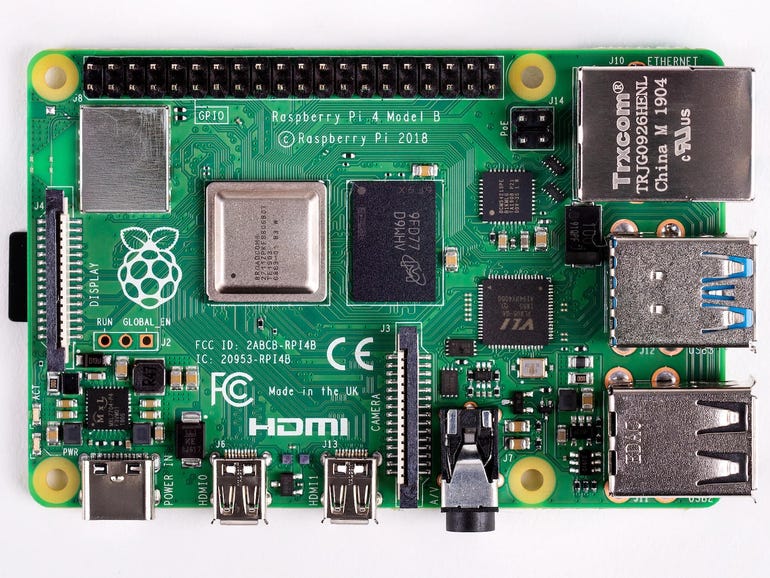
The Raspberry Pi Foundation, the non-profit backing education projects around the Raspberry Pi computer, has detailed how its tiny hardware was used to run thousands of programs written by young students to the International Space Station (ISS).
ISS operates in low Earth orbit and is supported by NASA and space agencies from Russia, Japan, Europe and Canada, serving as a laboratory for scientific research. Raspberry Pi, of course, is a hugely popular single board computer that has in this case been bundled up into a space-friendly package called Astro Pi.
Young people were invited to write programs for the Astro Pi as part of the European Astro Pi Challenge for 2020-2021, which included two streams called Mission Zero and Mission Space Lab. A total of 9,408 programs were developed to run on two Raspberry Pi computers on the ISS called Astro Pi “Izzy” and Astro Pi “Ed”, with each running for 30 seconds.
The Mission Space Lab was run by the European Space Agency (ESA) and was open to small teams of people aged 19 or younger. Successful participants got the Astro Pi Kit, which included Raspberry Pi (RPi) 3B Model B, an RPi Sense HAT, an RPi camera module, storage cards and cables to connect to displays. The Sense HAT’s LED matrix meant programs could display measurement together with messages to the astronauts.
There are two Astro Pi computers, located in ESA’s Columbus module lodged on ISS. The Astro Pi computers featured sensors for temperature, humidity, pressure, acceleration, a gyroscope and a magnetic sensor.
Astro Pi Ed was developed to run experiments for life in space. Izzy meanwhile was built for running life on Earth experiments. Izzy looks down at Earth and it has an infrared camera, which allows blue and near infrared light through to give a picture of vegetation on Earth.
The Astro Pi project kicked off in September 2020 and the best experiments were deployed to ISS this April. Right now, teams that submitted successful proposals will receive their experiment data from ISS to analyze and write final reports.
While Ed and Izzy are just two small, ruggedized computers on board a reasonably large space station, even two tiny computers can run into problems with crowding. Generally, ISS can only handle about seven crew members but sometimes it’s forced to cater for more, which creates problems.
“For one thing, ‘crew bumping’ is more likely, which is when the USB cable connecting an Astro Pi to power can become accidentally unplugged because an astronaut collides with it in the small space of the Columbus module,” says Claire Given, an Astro Pi program manager for Raspberry Pi Foundations.
“And this time, the snug sleeping situation made one of the crew members request permission to cover Astro Pi Ed’s LED display during the ‘night’! Why? The astronaut was ‘bedding down’ directly opposite Ed, and the light from the display was making sleep difficult! That just goes to show that, even in space, it’s really best to avoid bright light if you need a good night’s sleep.”




















